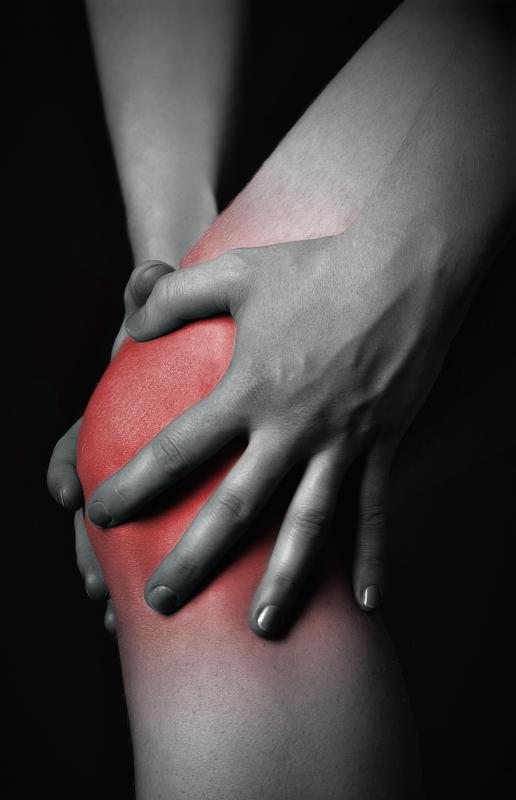At WiseGEEK, we're committed to delivering accurate, trustworthy information. Our expert-authored content is rigorously fact-checked and sourced from credible authorities. Discover how we uphold the highest standards in providing you with reliable knowledge.
What Is Ober's Test?
Ober's test is used to determine how tight the leg's iliotibial band is. It can also assess the movement of the hip joint and a person's flexibility. The iliotibial band is a ligament that runs from the pelvis to the knee. If it is too inflexible, a patient may experience pain during the test. Such tightness usually occurs if a person runs or bicycles a lot. Ober's test is a physical examination, usually performed by a doctor or fitness trainer.
Typically, at the start of Ober's test, a patient lies on his side, either on an examination table or on a padded floor surface. He should lie on the side that does not hurt. For example, if his right knee hurts, he should lie on his left side. He then bends the leg at a 90° angle, at the hip. The leg should also be bent a 90° angle at the knee, so that the leg is in the shape of an 'L.'

To perform the test, the examiner must stand behind the patient. The doctor should place his hand on the hip to hold it steady and prevent it from turning out. The upper leg of the patient should then be bent at the knee, but neutral at the hip to start. The doctor should then abduct the leg, or lift the thigh upwards.
Ober's test determines if the iliotibial band is too tightly contracted. A healthy leg should return to the starting position on its own. If the ligament is too tight, however, the patient's leg will stay in the abducted position even after the doctor moves his hand away. During the examination, the patient may feel pain in the knee area if there is an issue.

If the exam reveals that a patient does have a tight iliotibial band, further testing may be needed to diagnose the problem and begin a treatment plan. A doctor will usually take a patient's full medical history and examine the knee to see if it is tender or swollen. If further tests are needed, an MRI may be performed to determine whether or not the ligament is thickened or filled with fluid, which often happens when a patient has iliotibial band syndrome.

After the results of Ober's test and any further examinations are complete, a condition may be treated with a combination of physical therapy, to stretch and loosen the ligament, and medication to reduce any inflammation. Usually, a patient must cut back on running during treatment. He may be able to perform other exercises, such as swimming, while waiting for his symptoms to improve.
AS FEATURED ON:
AS FEATURED ON:
















Discuss this Article
Post your comments